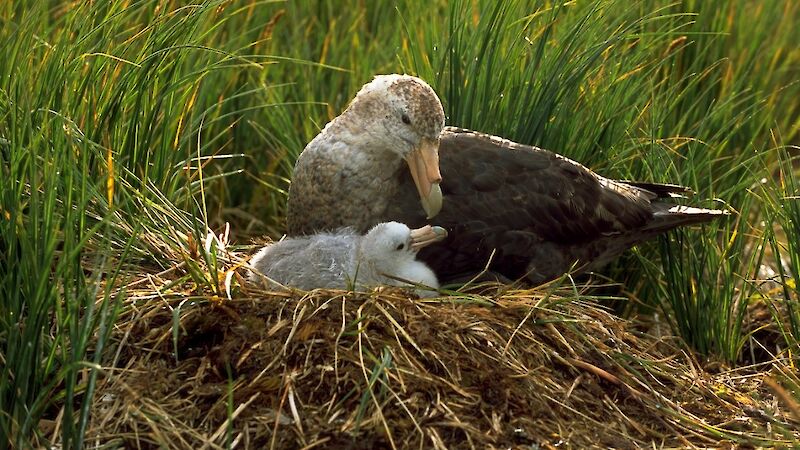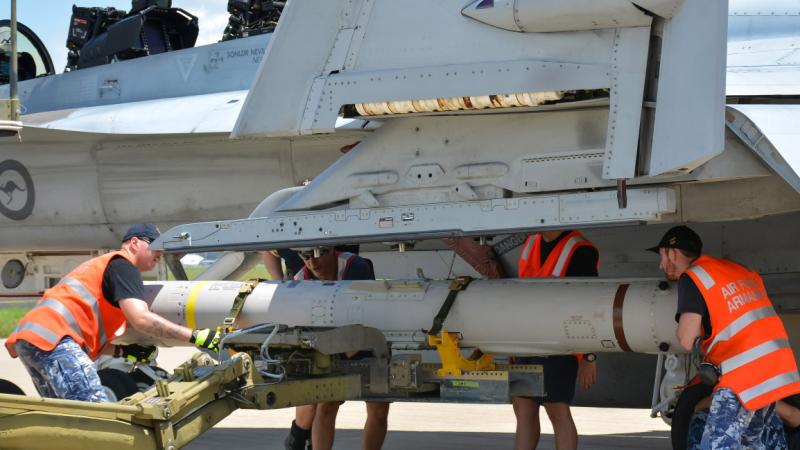On Threatened Species Day we celebrate a majestic seabird with an undeserved reputation.
The Southern Giant Petrel is one of Australia’s iconic seabirds. With a wingspan of up to 2.1 metres, it is one of the largest flying seabirds in the Southern Ocean around Antarctica and the sub-Antarctic. Despite this, it is often overlooked and underappreciated.
The Southern Giant Petrel is both a scavenger and an effective hunter. Images of the birds fighting over seal and penguin carcasses, or indulging in predatory behavior, has bestowed on them a bloodthirsty reputation. But on remote, inhospitable, sub-Antarctic islands, the Southern Giant Petrel plays a key role in the ecosystem by removing dead or injured animals, and helping to recycle organic material.

Threats to survival
In Australian territory, Southern Giant Petrels breed on Macquarie Island, Heard Island and McDonald Islands, and in Antarctica. This shows their resilience for breeding in cold extreme environments. However, the birds are an endangered species under Australia’s environmental laws.
The main threats to their existence come from people. On land they are threatened by human disturbance at their breeding colonies. At sea, they can be caught by commercial fishing vessels, especially the females as they are more likely to target the fish and cephalopods used to bait longlines.
Southern Giant Petrels can also mistake marine plastics for food, because microbiota grow on these plastics and emit the same chemical signals as the birds’ prey species. After being eaten by adult birds, the plastics can be fed to chicks which may lead to their death.
Conservation efforts
Australia’s conservation efforts for the Southern Giant Petrel, and other threatened albatrosses and petrels, are guided by the National Recovery Plan for albatrosses and petrels and through international cooperation, especially under the Agreement on the Conservation of Albatrosses and Petrels (ACAP).
Our domestic and international conservation work helps to reduce and eliminate the threats at sea and on land at breeding colonies so that, in the future, species like the Southern Giant Petrel can thrive again.
In Australia, the cooperative effort of fishing operators, scientists and policy-makers is helping to reduce seabird bycatch numbers in our waters and on the high seas (see Saving Seabirds).
Individual actions
As individuals we also have an important role to play. By not buying plastics, by choosing reusable bags and bottles, and by properly disposing of plastics for recycling, we can do our bit to keep our oceans and seabirds’ stomachs plastic free.
What next
Even with this ongoing work, Southern Giant Petrels still need our support. There is room to improve our fishing practices to minimise seabird bycatch, to understand the population trends, to minimise human disturbance during the breeding season, and to reduce plastic pollution and climate change impacts at sea.
By making small changes in how we live our lives, every one of us can have a positive impact on the future existence of the Southern Giant Petrel and other seabirds.







